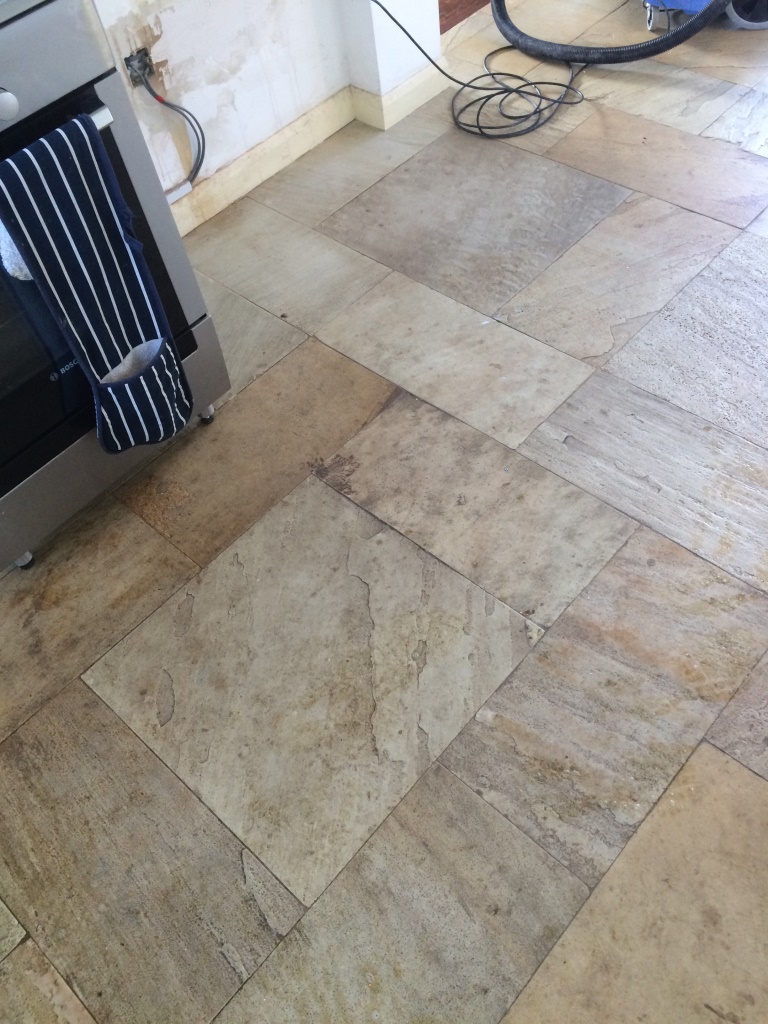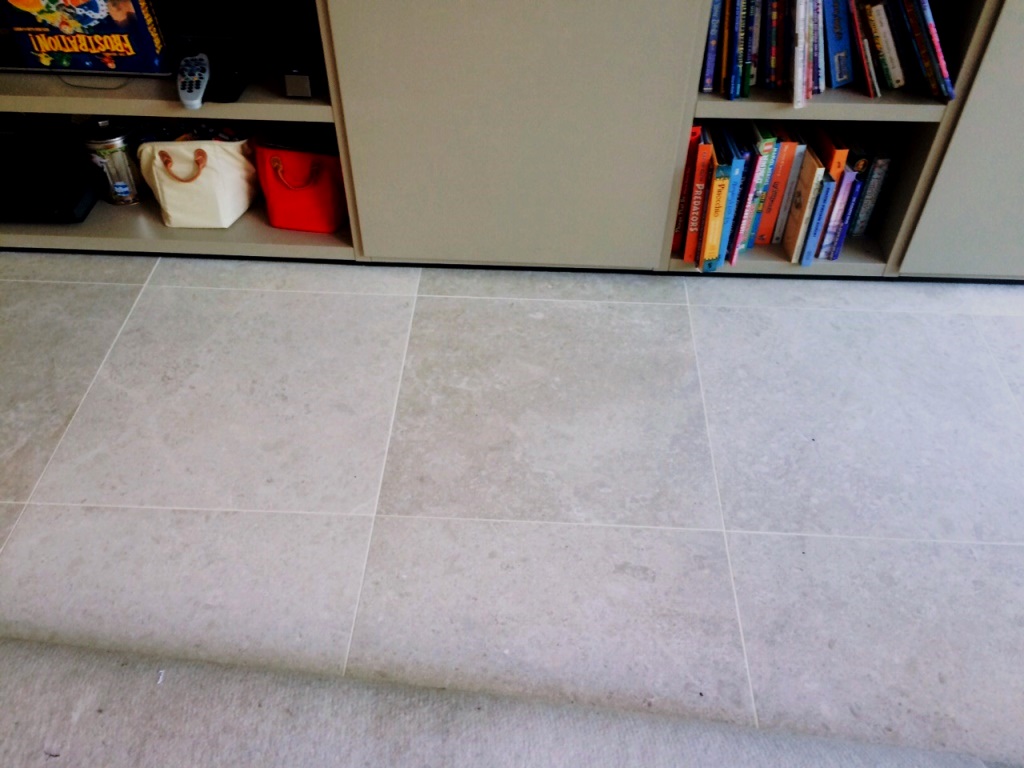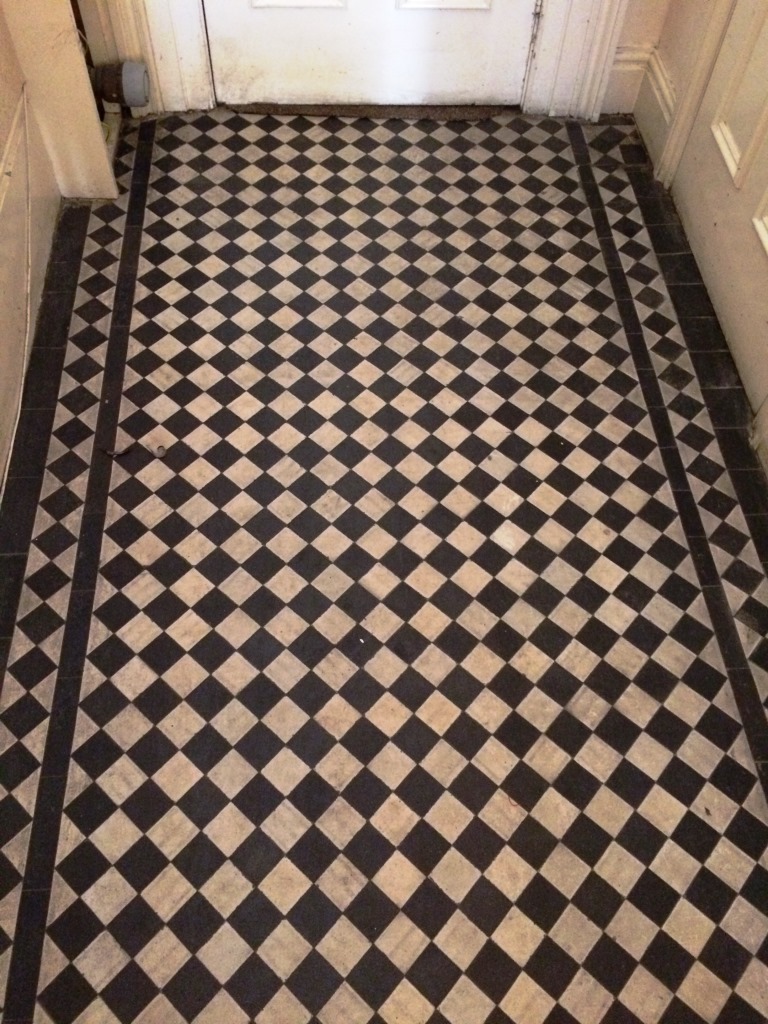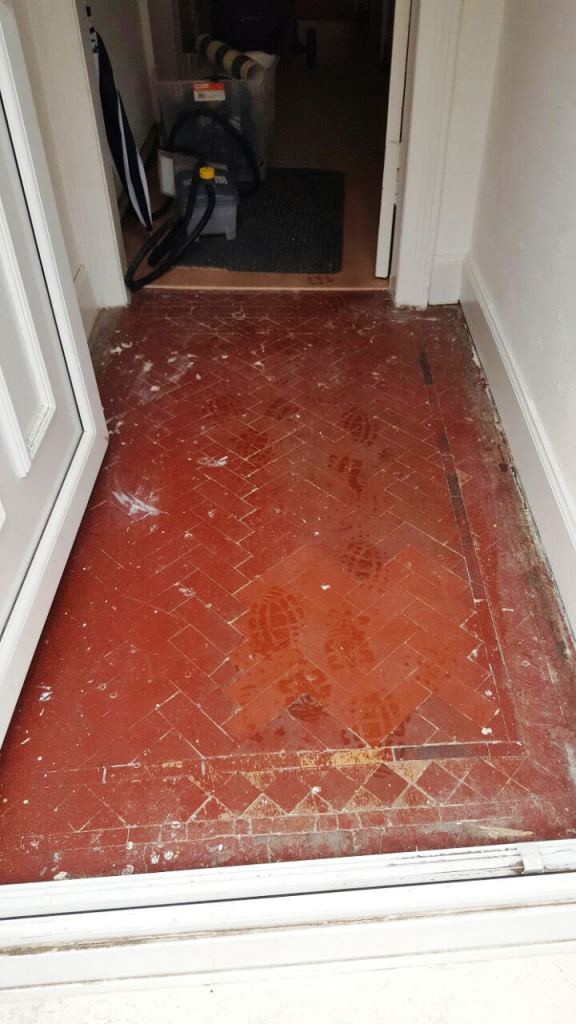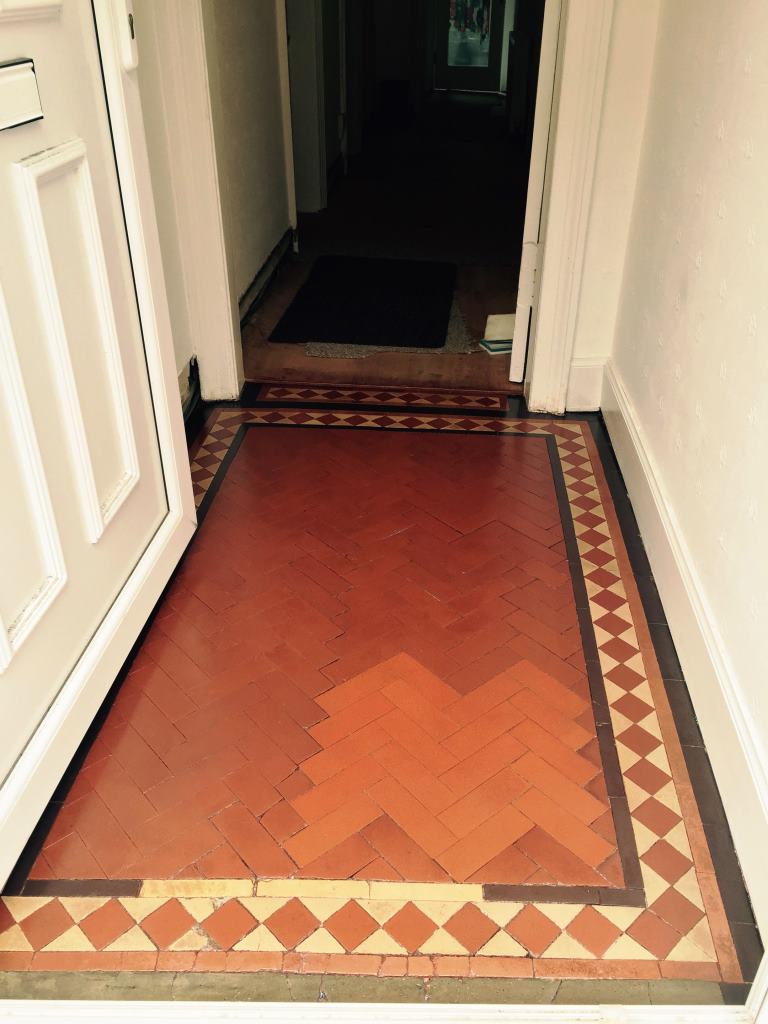A floating cork floor is environmental-friendly and resilient. You can lay the floating cork floor over a radiant heat floor. Radiant heat flooring uses pipes or wires to carry hot water or electrical current through the floor, and thus radiate heat from the floor. Cork is an insulator made from natural materials, and installing it over a radiant heat floor helps slow down the time it takes for heat generation from your floor, once you turn on your heater system. This prevents the floor from getting too hot too suddenly. This type of flooring glues or snaps together, without being permanently affixed to your radiant heat floor. Installing the floating cork floor over radiant heat floor is not difficult. Simply follow the step-by-step instructions below.
What You'll Need
- Floating cork floor
- Back saw
- Polyethylene sheet
- Tape
- Measuring tape
- Half spacers
- Hammer
- Tapping block
- Pry bar
- Miter divider
Step 1 – Check the Density of Floating Cork Floor
Check to make sure that the floating cork floor has a density of 28 pounds per cubic foot minimum. The higher this density number is the better, if you want stronger flooring.
Step 2 – Let the Flooring Settle
Let the floating cork floor settle in, prior to installation, by placing it into the room where you are going to install it for a minimum of 72 hours. Set the heating system to 75-degrees Fahrenheit, to heat the radiant floor. Keep the system turned on until you have finished installing the floating cork floor.
Step 3 – Trim Door Stop
Remove the baseboard. Take a plank of the floating cork floor, and lay it onto the threshold under the door, and up against the door stops. The door stop is the piece of molding which runs on the jamb vertically, and stops the door from opening the other way.
Trim the door stops using a back saw, taking due care not to cut into jambs. You will be installing the floating cork floor under the threshold. Trimming the door stops allows you to raise up the threshold until it reaches the bottom cut of the door stops you have just made. The plank will thus fit perfectly under the threshold. Remove the threshold.
Step 4 – Lay Polyethylene Sheet
Lay the polyethylene sheet over the radiant heat floor. It should cover the entire floor with an extra 3 inches going up the wall. Make the seams overlap by approximately 8 inches. Seal up the seams using tape. Laying the polyethylene sheet prevents moisture from building up between the floating cork floor and radiant heat floor. It also lessens squeaking sounds from the flooring.
Step 5 – Measure
Measure the distance starting from the longest wall without a door opening to the wall opposite. Subtract 1 inch from the number. This is the width to be covered by the floor. Then, divide this width by an individual plank’s width. This is how many planks to install. If the result is an uneven number, trim the first and the last planks equally, so that the floor is centered exactly.
Step 6 – Install the Floating Cork Floor
Set the half spacers placed against wall. Install the first row of plank with tongue facing towards the wall. Trim the tongue off with a back saw, to make the edge even, and fit against the half spacers. Install another plank of floating cork floor into the groove of the first row, and click them together. Do this for the other planks, as they will click and be locked into the planks in previous row. Before installing a new row, use a tapping block and hammer to ensure that every row is tight. Stagger the seams from one row to the next.
When installing the last row of planks, leave a ½ inch of space between the plank and the wall. Instead of using the tapping block, use a pry bar to go over the plank’s end and pull the tongue into the groove.
Step 7 – Finish the Floating Cork Floor
Replace the baseboard. Miter the ends of the baseboard at 45 degree angle with a miter divider, so that it will fit all corners. Do not nail the baseboards to floating cork floor, as the cork floor is prone to expansion and will destroy the baseboards. Nail them to the wall. Replace the threshold. It should fit nicely.
